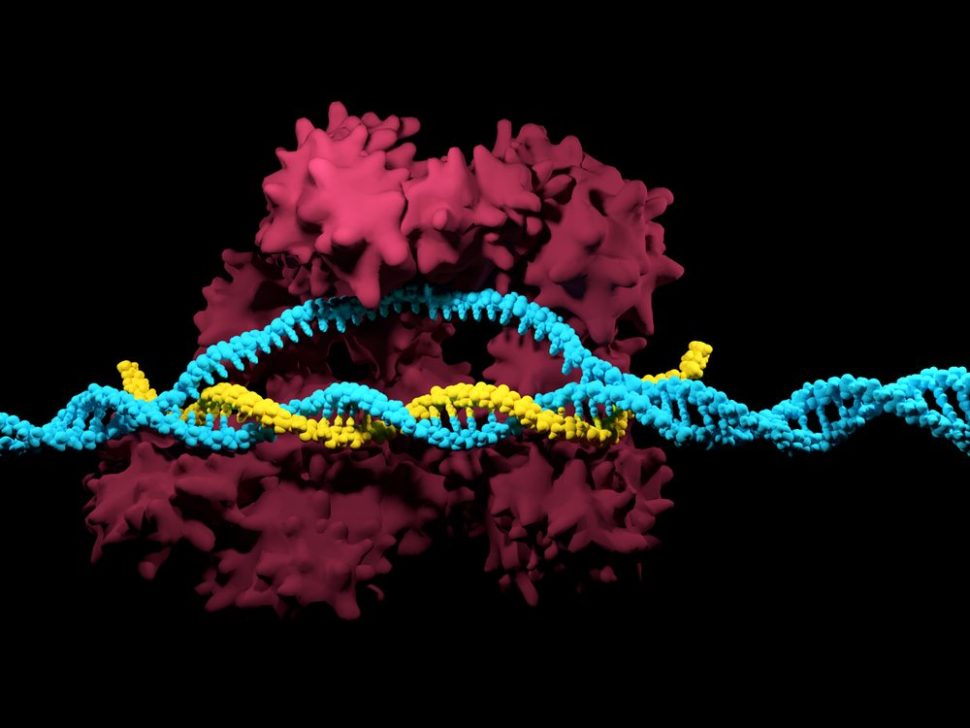Edgy Labs weighs in on the recent CRISPR footage that has stunned researchers and the public alike.
The CRISPR-Cas9 gene editing technique has taken the biological community and the Internet by storm. Due to the precision and speed at which it can cut DNA in the exact place desired and slip in an extra bit of genetic code, it has been used for a whole variety of things, from low-fat bacon to the fight against superbugs and lung cancer.
CRISPR Proves it Works–in Real Time
This astonishing clip was achieved using a technique known as high-speed atomic-force microscopy (AFM). The more standard AFM uses a minuscule needle drawn over the surface of what the researchers are trying to image by touch. It can then be used to build up a picture of the molecules in question. However, it has its limitations, like a slow image recovery rate, meaning that AFM is usually limited to static molecules.
High-speed AFM, however, is able to scan what is being imaged much faster, and thus can capture the dynamic processes of biological molecules like proteins as they change shape and interact in real time. In this case, Japanese scientists were able to turn the high-speed AFM on DNA and watch as CRISPR physically cut the strand in front of them.

The film doesn’t show them anything new, but it reaffirms that their calculations were correct and proves just how incredible the CRISPR technique actually is.
“I was sitting in the front, and I just heard this gasp from everyone behind me,” says Sam Sternberg, who worked in the CRISPR pioneer Jennifer Doudna’s lab at the University of California, Berkeley. It was, he says, the biggest reaction to data he’s ever seen at a conference. The work has since been published in Nature Communications.
Wondering about other CRISPR applications?
So are we. That’s because, with CRISPR, we’re entering a whole new way of understanding DNA, genetics, and human life.
Imagine having a home DNA test to determine your baby’s eye color. Or, having access to an instantaneous at-home DNA paternity test.
What about being able to access one gene-editing technique to prevent your child from developing Schizophrenia, Bipolar Disorder, Major Depression, Sickle Cell Disease, or Anemia?
For his most recent experiment, Shoukhrat Mitalipov of Oregon Health and Science University was allowed to develop human embryos for a few days, which was just long enough to prove that genes can be successfully edited to correct genetic disorders.
However, since turning altered IVF embryos into babies has been blocked by the U.S. Congress, it appears we’ll have to look to other global universities and researchers to design those schematics.



















Comments (0)
Most Recent